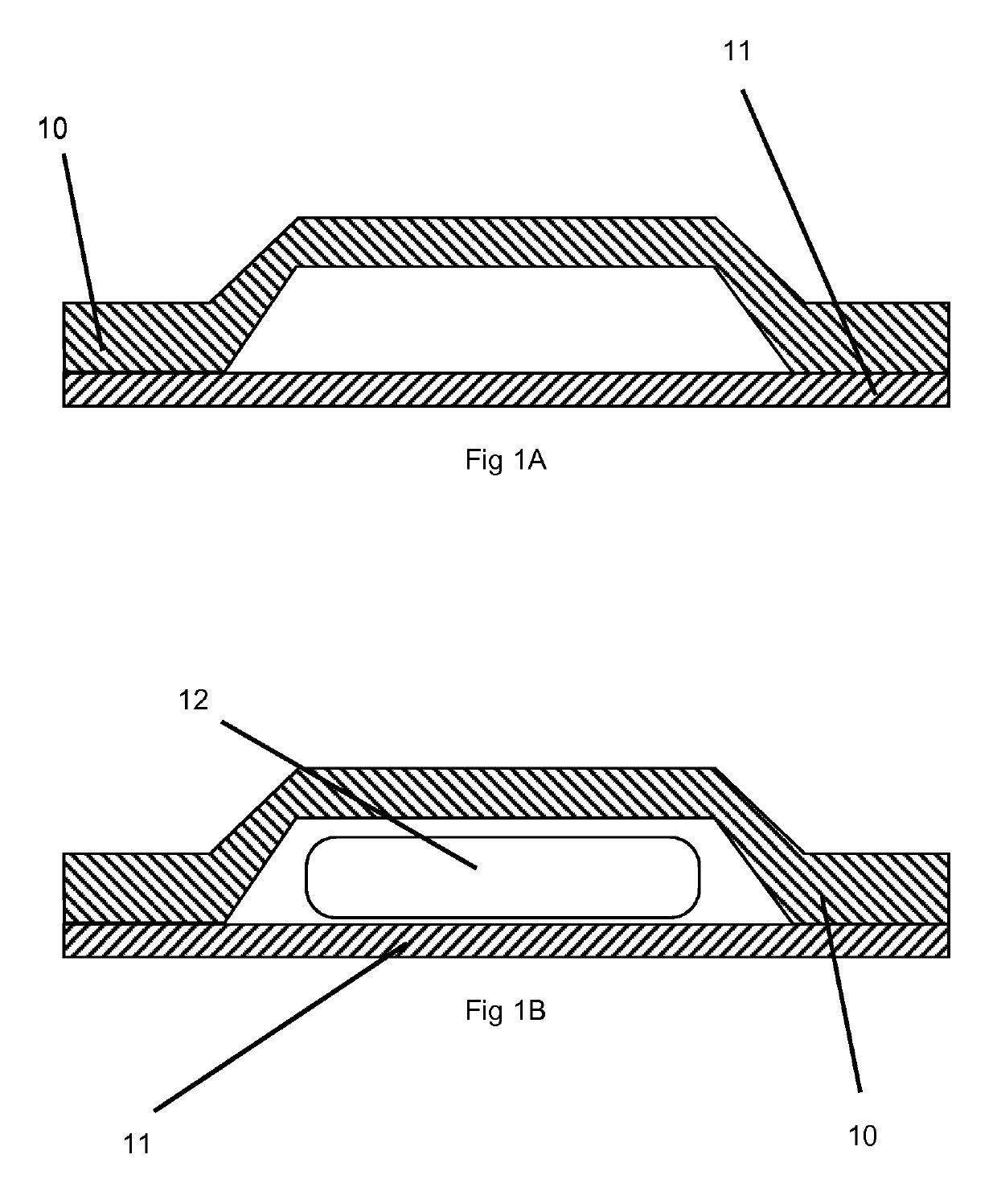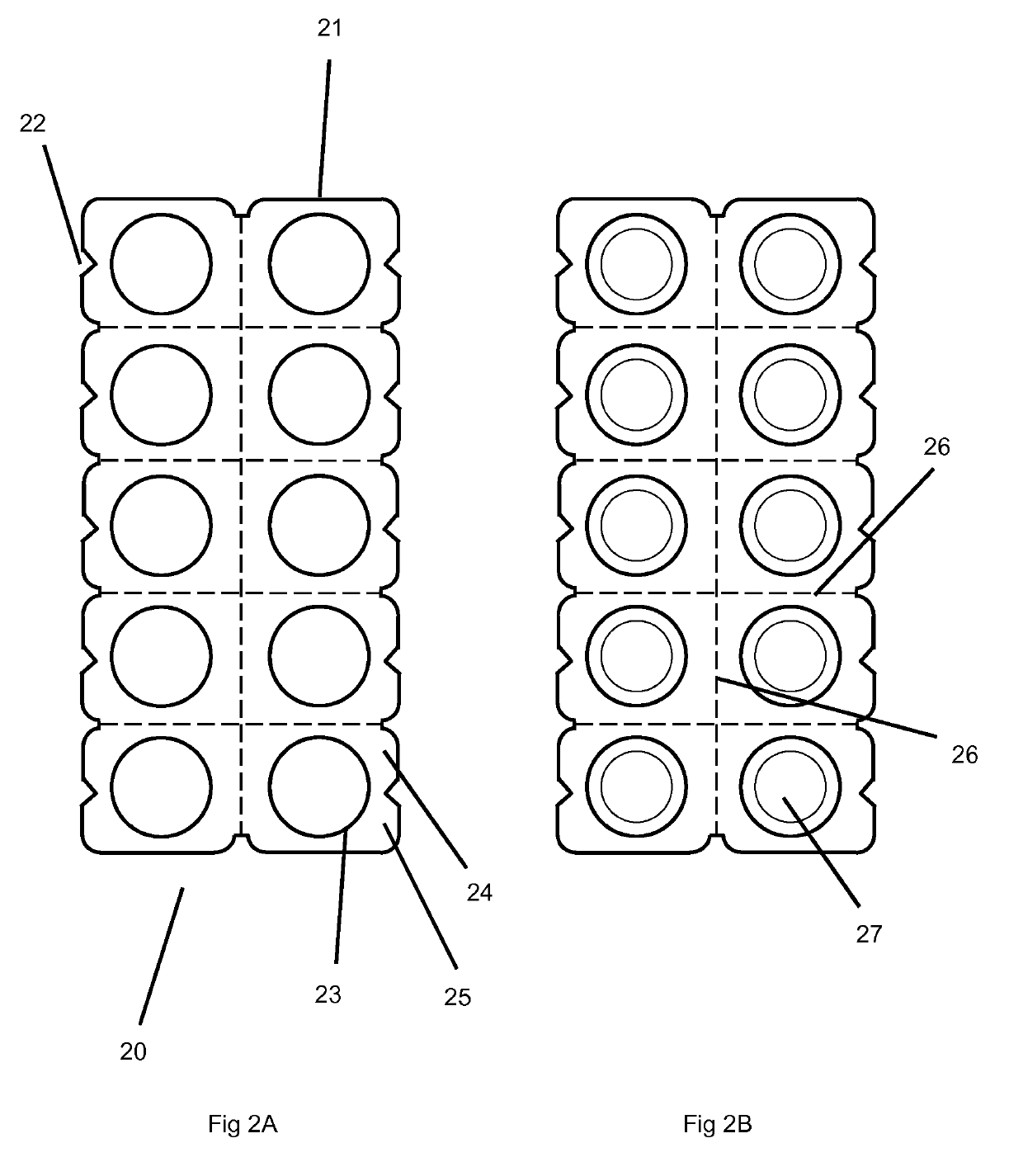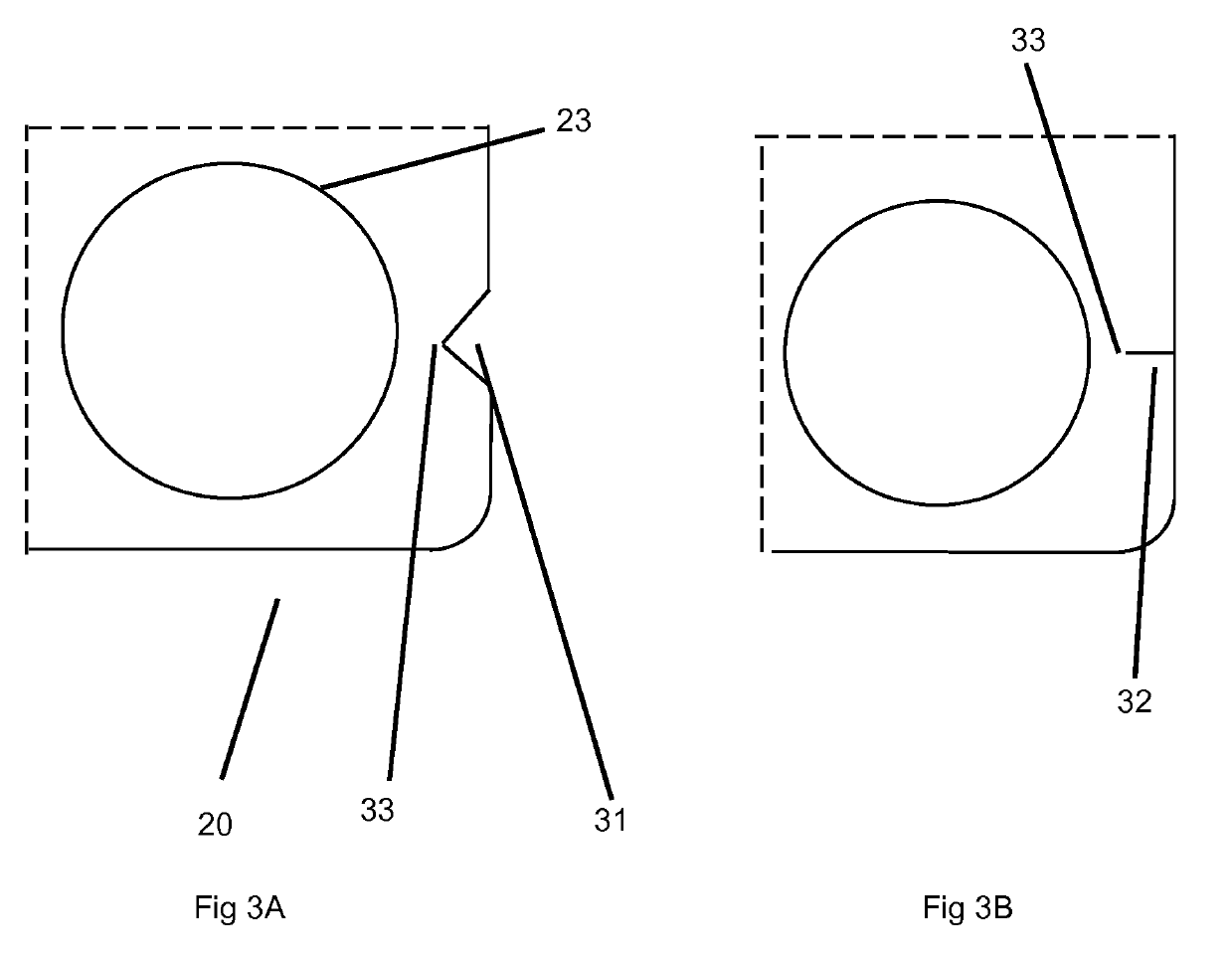Orally disintegrating tablets
a tablet and oral technology, applied in the field of rapid dissolution of oral dosage forms, can solve the problems of reduced patient compliance and difficulty in swallowing, and achieve the effects of reducing the level of ticagrelor, facilitating wet granulation, and improving the disintegration tim
- Summary
- Abstract
- Description
- Claims
- Application Information
AI Technical Summary
Benefits of technology
Problems solved by technology
Method used
Image
Examples
example 2
Assessment of Wet-Granulation Tablets
[0197]This experiment was designed to assess wet granulation of ticagrelor, followed by dry-mixing with the other excipients prior to tablet compression. Included in the formulation was the fast oral disintegrating excipient of either F-MELT or Ludiflash, shown to provide favourable disintegrating properties. In this and all subsequent examples, only F-melt type C has been evaluated, rather than F-melt type M. References to “F-melt” in the compositions used in this and subsequent examples are references to F-melt type C, unless otherwise specified.
[0198]Table 3 details the composition of the granulation batches in this example. Water was chosen as the granulation liquid and the binder hydroxypropylcellulose was added dry. In order to reduce the cohesive and adhesive nature of ticagrelor, colloidal anhydrous silica was used as anticaking agent. Three 100 g batches of ticagrelor granules were composed. The two last batches were duplicates in order ...
example 3
Assessment of Granulation Composition
[0205]The aim of this study was to build knowledge around, as well as improving the granulation and tablet composition. The granulation process was scaled up from 100 g to 500 g batches. The tablet batch size was still 500 g.
[0206]Table 6 details the composition of the granulation batches included in the study. The granules contain different amount of ticagrelor, 95% (Batch 8), 64% (Batch 10) and 48% (Batch 9) were evaluated. In the last two of the three batches a part of the ticagrelor was exchanged to the filler mannitol, where a small sized grade was chosen in order to get homogenous granules.
TABLE 6Composition of granulation batches in Example 3BatchComponents8910Ticagrelor95.048.3864.30Mannitol—48.3832.20Hydroxypropylcellulose4.503.003.00Silica, colloidal anhydrous0.500.250.50Water, purifieda30.030.030.0aRemoved during process.All values are weight percentages.
[0207]The granulation batches were evaluated in subsequent tablet compression. Tab...
example 4
Assessment of Disintegrant
[0216]Since disintegration is one of the primary characteristics for an orodispersible tablet, Example 4 was set up in order to evaluate quantity and quality of disintegrant to be used.
[0217]The lead composition from previous studies included 5% of the disintegrant crospovidone, of a fine particle size grade, here called crospovidone F[1]. It was compared to a crospovidone from another supplier, here called crospovidone F[2] (Table 10). Both have about the same particle size distribution. The amounts included were 0%, 2% and 5% (w / w) crospovidone and the amount was compensated with F-MELT type C in the composition. All batches contained the same batch of ticagrelor granules, with a composition as follows: 48.4% ticagrelor, 48.4% mannitol, 3.00% hydroxypropylcellulose, and 0.25% silica, all expressed in weight percentage.
TABLE 10Disintegrant in tablet batchesAmountBatchDisintegrant (crospovidone)(wt %)11—0.012Crospovidone F [1]5.013Crospovidone F [2]5.014Cro...
PUM
| Property | Measurement | Unit |
|---|---|---|
| disintegration time | aaaaa | aaaaa |
| disintegration time | aaaaa | aaaaa |
| disintegration time | aaaaa | aaaaa |
Abstract
Description
Claims
Application Information
 Login to View More
Login to View More - R&D
- Intellectual Property
- Life Sciences
- Materials
- Tech Scout
- Unparalleled Data Quality
- Higher Quality Content
- 60% Fewer Hallucinations
Browse by: Latest US Patents, China's latest patents, Technical Efficacy Thesaurus, Application Domain, Technology Topic, Popular Technical Reports.
© 2025 PatSnap. All rights reserved.Legal|Privacy policy|Modern Slavery Act Transparency Statement|Sitemap|About US| Contact US: help@patsnap.com



